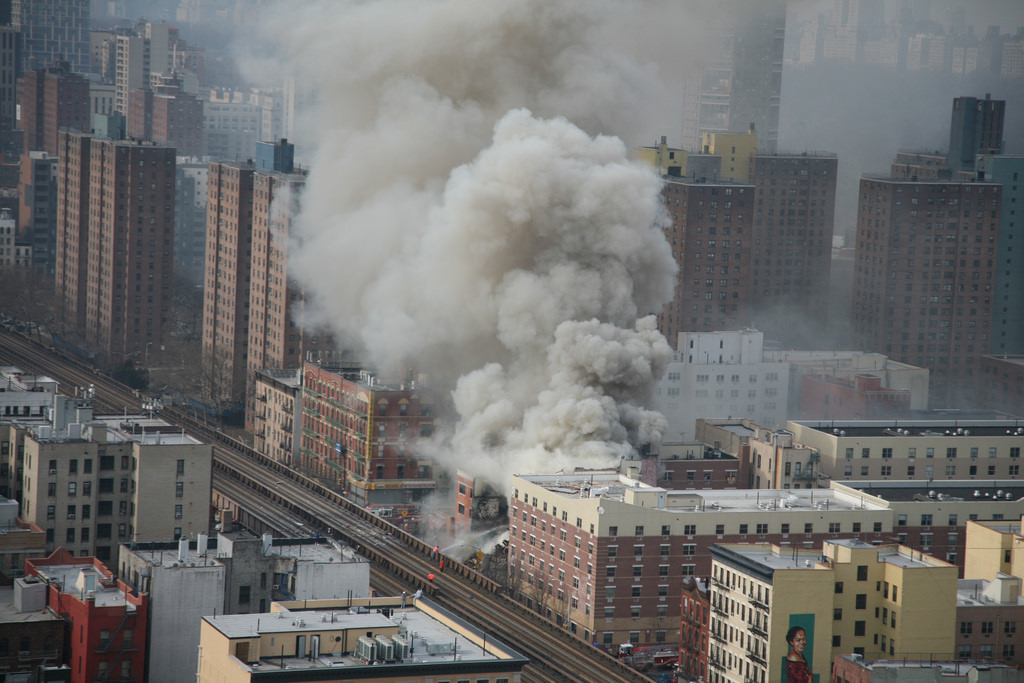This post is also available in:
 עברית (Hebrew)
עברית (Hebrew)
Few people know, but the reason fire procedures instruct people to refrain from elevator use in case of a fire in a high story building is due to the intoxication of the air, not a lack of power resources. While a fire is raging in a building, the air in such a small cramped space combined with the smoke in the building is deadly for humans.
This makes urban fires far more deadly as children, elderly and disabled people are essentially helpless until first responders arrive, a time which may be too long.
The Israeli startup, Salamandra Zone, which is taking part in the iHLS Security Accelerator, has a solution that may narrow urban fire victims to an all-time low. The company’s CEO, Marat Maayan, explained: “Detection, alarm and analytical technologies have been dramatically developed in the recent decades, however not many technologies help people after the point that the fire is detected”.
The company’s system purifies the air in a certain space and enriches it with oxygen, thus making it breathable and enabling everyone to leave the building safely. “Not many know, but even though new buildings are far less flammable than their predecessors, 10 thousand people are injured to some extent every day from fires”, pointed out Maayan.
Salamandra Zone’s human resources image is unique – it consists of scientists, as well as former military and firefighting seniors. “The team thought that there’s a need for a new and effective physical solution for firefighting. We’ve brought together all sorts of knowledge and experience in order to fight a global challenge” said Maayan, himself a former IDF officer with vast experience in the Combat Engineering Corps.
The company’s findings and the development haven’t fallen on deaf ears. Salamandra Zone has been developing it’s device for three and a half years, during that period of time it has raised interest and funding from the Office of The Chief Scientist and is also currently in touch with UL (Underwriters Laboratories) and NFPA (National Fire Protection Association).
It’s important to note that the applications for this technology only start with elevators. “Our technology can also be used for keeping control room supervisors safe during a fire, this will enable them to operate and gradually shut down the operation during a fire and minimize damage, or solve the problem and maintain business continuity.
Another two possible applications are first a 5-kg personal breathing system suitable for soldiers, firefighters or miners. Secondly, it’s possible to place the system at warehouses storing hazardous materials near populated areas and minimize potential threats in case the warehouse is damaged,” said Maayan.
Currently, the company has a functioning prototype and is in the midst of a regulatory process. In addition, it is currently forging strategic relations with potential partners and raising funds. Once that process is completed the company intends to start selling the system to control rooms in a year and to elevator companies – in two years.


























